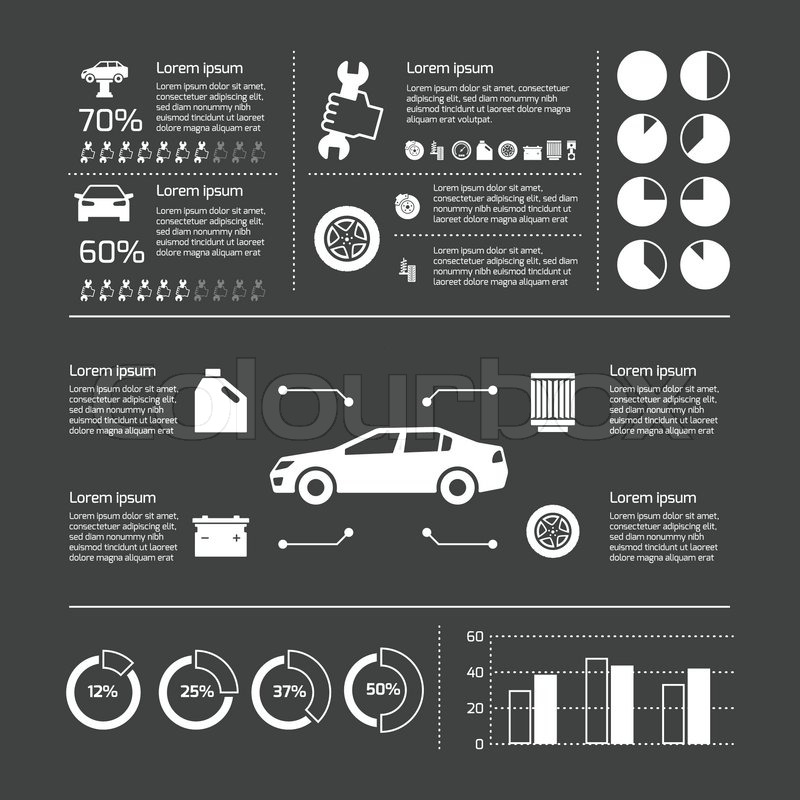When you lag the wheel, those glowing caution lights on your control panel can be a bit perplexing. Do you know what they're attempting to tell you concerning your car's wellness? Comprehending https://www.lobservateur.com/2022/02/08/shop-local-spotlight-quality-automotive-and-bait-shop-opens-on-belle-terre/ of these lights is important for your security and the durability of your lorry. So, the following time one of those lights pops up, would not you intend to understand its message precisely and take the necessary steps to resolve it?
Common Caution Lighting and Interpretations
Identify typical warning lights in your auto and comprehend their meanings to make sure secure driving.
The most normal caution lights include the check engine light, which indicates problems with the engine or exhausts system. If this light begins, it's crucial to have your automobile examined immediately.
The oil stress warning light shows low oil pressure, requiring prompt attention to prevent engine damage.
A flashing battery light might suggest a faulty billing system, potentially leaving you stranded otherwise attended to.
The tire pressure tracking system (TPMS) light notifies you to low tire stress, influencing car stability and gas performance. Neglecting this might bring about hazardous driving problems.
car detailing supplier suggests an issue with the anti-lock braking system, jeopardizing your ability to quit swiftly in emergency situations.
Lastly, the coolant temperature warning light warns of engine overheating, which can cause extreme damages if not resolved swiftly.
Recognizing these usual warning lights will help you attend to concerns quickly and preserve secure driving problems.
Significance of Prompt Focus
Understanding the typical caution lights in your cars and truck is just the first step; the relevance of without delay addressing these warnings can not be highlighted sufficient to guarantee your security on the road.
When a warning light brightens on your dashboard, it's your cars and truck's method of communicating a possible problem that requires interest. Overlooking these cautions can result in much more serious problems down the road, compromising your safety and possibly costing you more in repairs.
Motivate focus to warning lights can prevent breakdowns and mishaps. For instance, a flashing check engine light might suggest a misfire that, if left ignored, might trigger damage to the catalytic converter. Addressing this promptly can conserve you from a pricey repair service.
Likewise, a brake system cautioning light could signify reduced brake liquid or used brake pads, important elements for your safety when driving.
Do It Yourself Troubleshooting Tips
If you notice a caution light on your control panel, there are a couple of DIY troubleshooting suggestions you can try before seeking professional help.
The first step is to consult your cars and truck's manual to understand what the specific warning light shows. In some cases the concern can be as simple as a loose gas cap activating the check engine light. Tightening up the gas cap may settle the issue.
An additional usual issue is a low battery, which can cause different cautioning lights. Checking the battery connections for corrosion and ensuring they're safe might take care of the trouble.
If a warning light persists, you can attempt resetting it by separating the vehicle's battery for a couple of mins and after that reconnecting it. Additionally, inspecting your lorry's fluid levels, such as oil, coolant, and brake fluid, can aid fix alerting lights connected to these systems.
Final thought
Finally, recognizing your car's caution lights is essential for keeping your vehicle running efficiently and securely. By promptly addressing these signals and knowing what they imply, you can avoid expensive fixings and prospective break downs.
Keep in mind to consult your car's handbook for specific details on each alerting light and take action appropriately to ensure a hassle-free driving experience.
Stay educated, stay safe when traveling!
